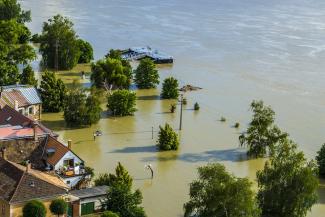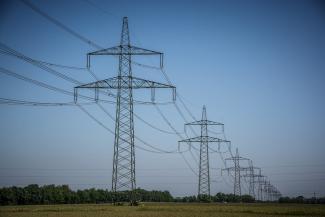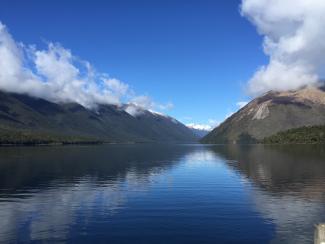Rule of Law in Climate Response and Energy Transformation

When I was a child, my father would repeatedly remind me (and my siblings) to “turn off the lights—money doesn’t grow on trees”. Was it because he was concerned about the environment? No, not really—it was because we were relatively poor. But I am pretty good now about remembering to turn off the lights (and I get pretty annoyed when others don’t—especially when the lights are “supposed” to go off automatically but don’t).
Now, as the current chair of the ABA Section of Environment, Energy and Resources (SEER), I have the ability and privilege to oversee many exciting initiatives.








